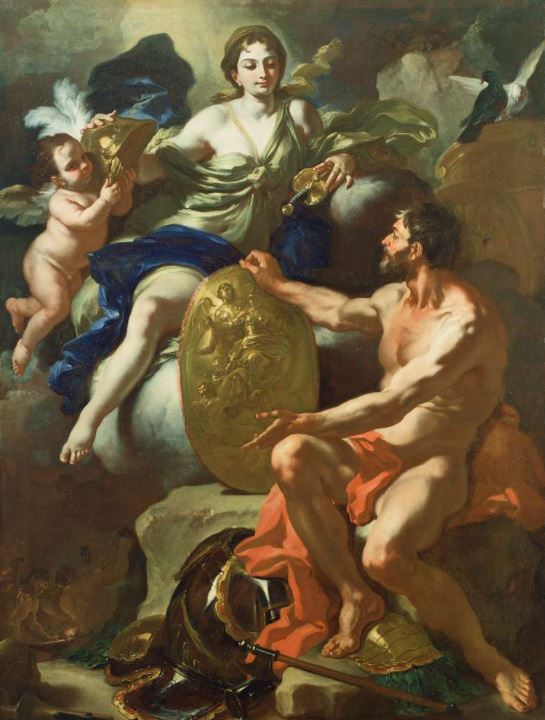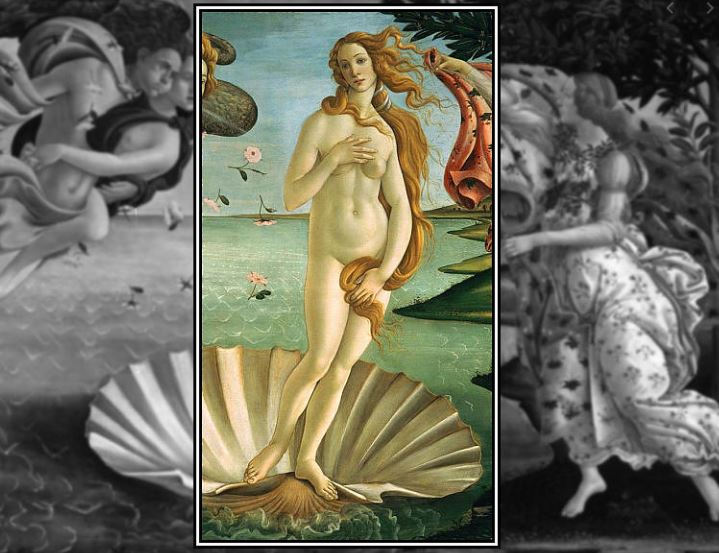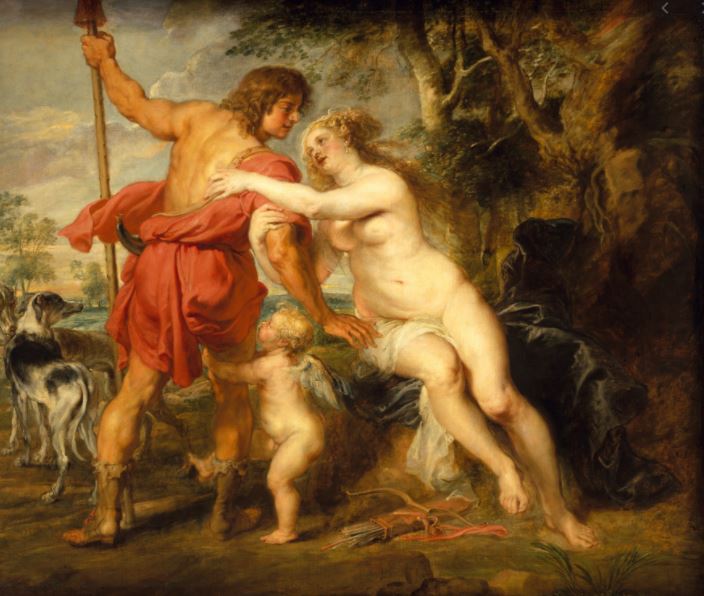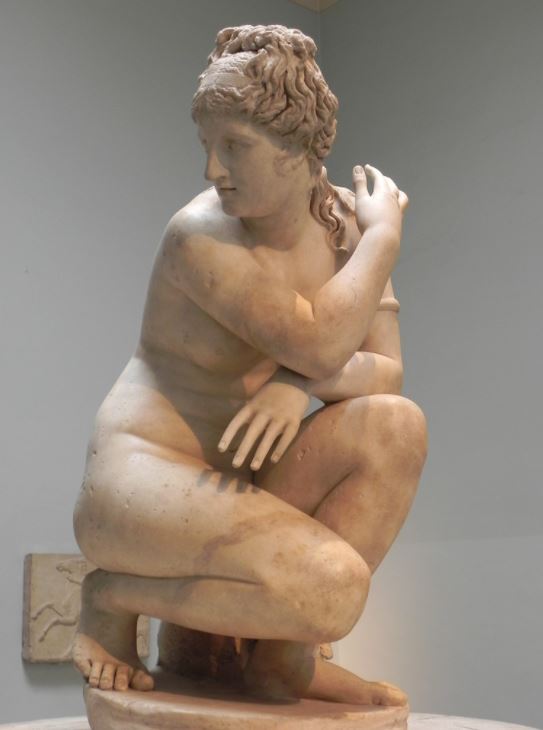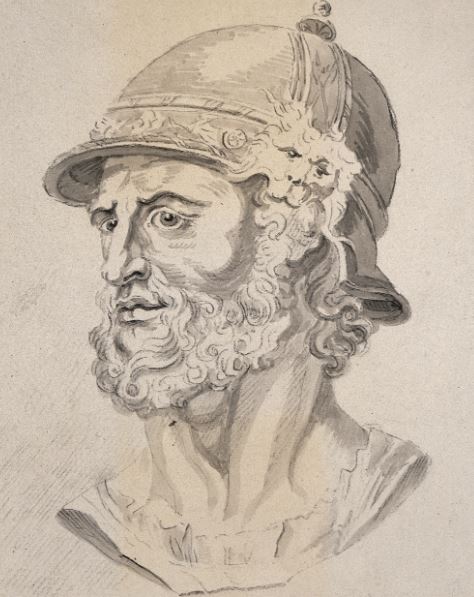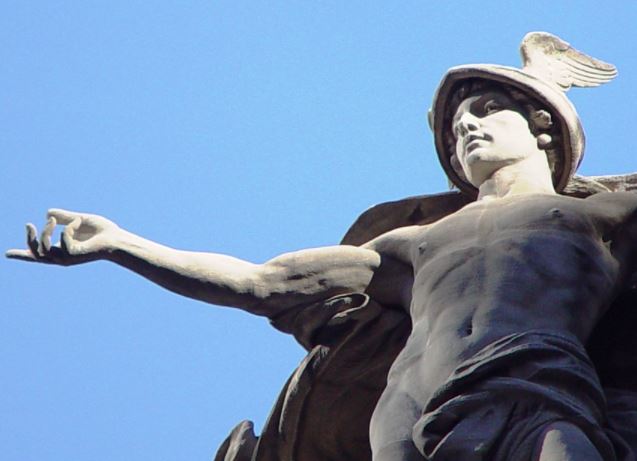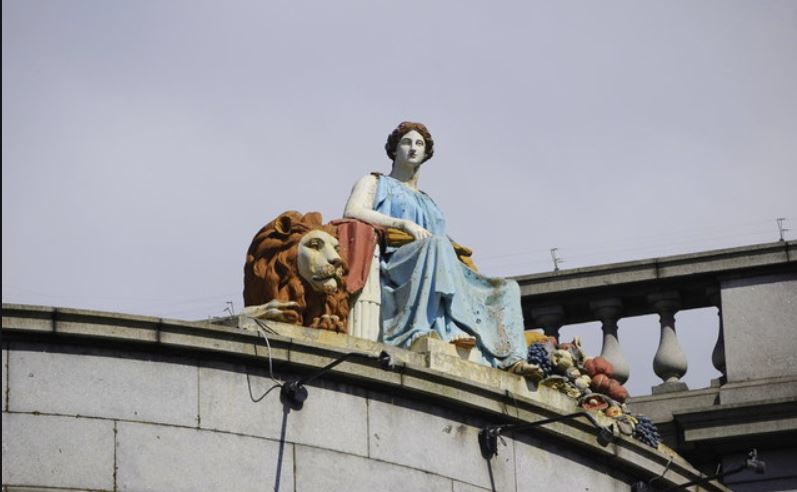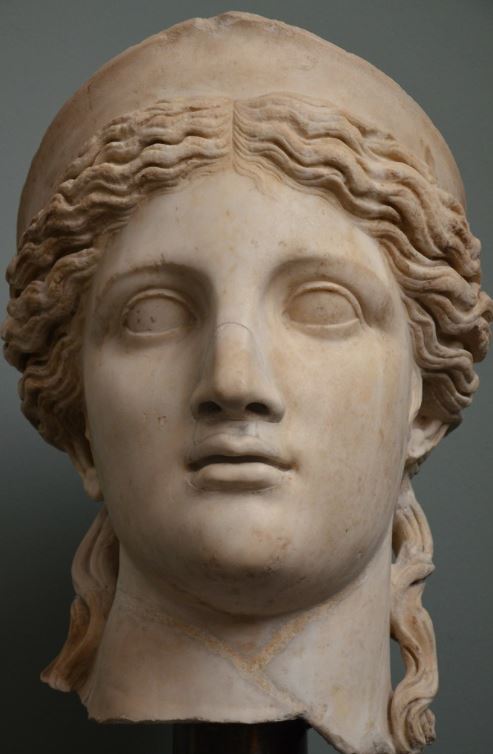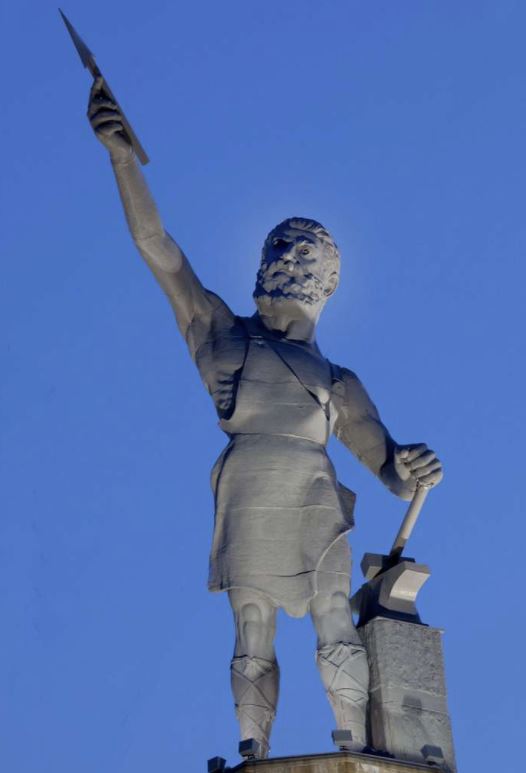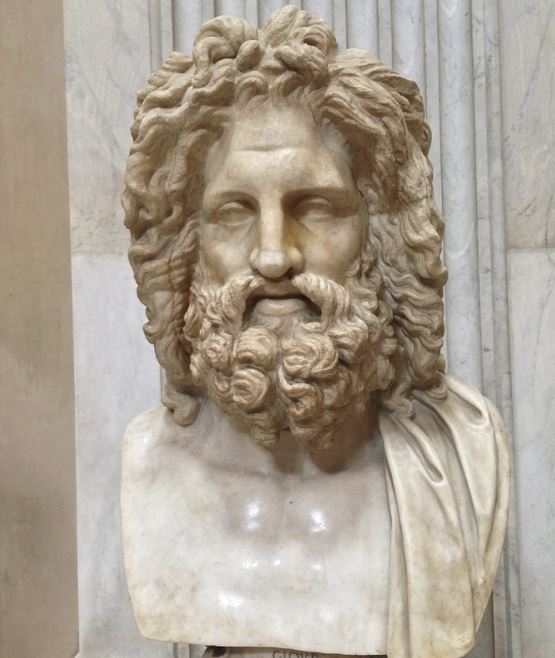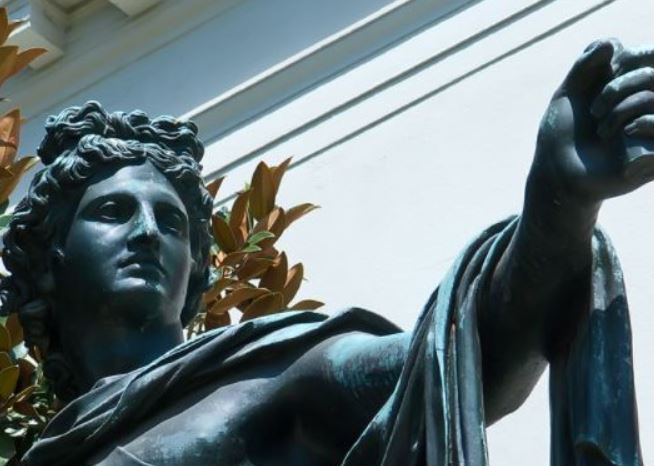The Roman Goddess Venus, the Goddess of Love and Beauty

Like in many other ancient cultures, the Romans dedicated such important topics as love and beauty to their Roman goddess Venus. And unlike in other religions, the Roman goddess of love still has importance to this day, being an object of inspiration to artists, singers, and poets.
To be more precise, Venus was the Roman goddess of love and beauty, and sexuality.
Initially, it seems that she was a goddess of fertility and vegetation. She might have assumed her most famous role of goddess of love in the 3rd Century BC when she was identified with the Greek goddess Aphrodite.
Being the embodiment of femininity, she was seen as the opposite of the gods which represented masculinity, i.e. her husband Vulcan, the god of metalworking, and her lover Mars, the god of war.
Roman goddess Venus and Vulcan
The goddess of love Venus was widely worshipped in the Roman Empire because she was thought to be the mother of Aeneas, the mythical founder of Rome. As such, she was considered the mother of the entire Roman nation.
Venus was usually portrayed nude. Her figure and iconography have had a wide influence on the arts, even after the fall of the Roman Empire.
The Romans, therefore, attributed to Venus, goddess of love and beauty almost every aspect represented by Aphrodite.
Venus goddess of love and beauty: Origin of the Name
The name “Venus” seems to come from the proto-italic word “wenos”, whose meaning should be “desire”, coherently with her role of goddess of love.
History of the Roman Goddess Venus and Most Important Myths Related to Her
According to Roman mythology, the goddess of love Venus would have been born before the other gods.
Saturn, one of the Titans, once rebelled against his father, the primordial entity Caelus, who was a personification of the sky, in order to usurp his role of lord of the Universe.
Under suggestion from his mother Terra, who impersonated the earth, and using a sickle provided by her, Saturn evirated Caelus and threw his testicles into the sea.
Caelus’s gonads produced a white foam, from which the Roman goddess Venus would have been born.
Such an atypical origin, famously immortalized by the Italian Renassaince artist Botticelli in his picture The Birth of Venus, underlines the peculiarity of the Roman goddess Venus among the other gods, suggesting that she, like other primordial entities of the Roman religion, was to be seen as the personification of love as a natural force, rather than simply as its patroness.
Painting of Venus goddess of love in her day of birth
Anyway, Venus the goddess of beauty and love also appeared in more conventional mythological tales, like the one that follows.
The myth of the Roman goddess Venus and Adonis
As the goddess of love, Venus obviously had a lot of lovers, both human and divine, besides her husband. One of the most famous was surely Adonis.
According to the myth, Adonis’s birth was the consequence of incest. The Roman goddess Venus herself, in fact, would have cursed Myrrha, the daughter of the king of Cyprus Cinyras, arousing in her an indomitable desire for her own father.
The reason behind this curse would have been an offense pronounced by Myrrha’s mother: she would have stated that her daughter was more beautiful than the Roman goddess of love Venus herself.
Myrrha slept several times with her father in the dark, before he recognized her and tried to attack her with a sword. Myrrha was therefore transformed into a myrrh tree. She was pregnant so a baby was born from the tree: he was Adonis, who the Roman goddess Venus saved out of pity, giving him to Proserpina so that she could look after him.
Painting of Venus Goddess and Adonis
Adonis grew up, becoming an incredibly beautiful man. Proserpina and Venus started to fight for him so that Jupiter had to intervene. He decided that Adonis would have spent one-third of the year with Proserpina, one-third with Venus, and the remaining part with whomever he wanted.
He decided to pass also this last third with the Roman goddess Venus. While staying with her, Adonis was once hit by a boar. He died in Venus’s arms, and it was told that the roman goddess of love and beauty made anemones sprout from the points where his blood touched the ground.
Roman goddess Venus special powers
As the goddess of love, Venus was thought to have the power to arouse passion in men.
She would have also transmitted this ability to Cupid, the son she had from Mars.
In many myths, in fact, it is him who is able to prompt both men and deities to fall in love, by means of a magical bow and arrow.
One of the statues of Venus goddess of love
Symbols of Venus goddess of love and beauty and Their Meanings
Due to the identification of the two deities, the symbols of the goddess Venus were basically those of Aphrodite, which were quite numerous, comprising many animals and plants.
Anyway, among Romans, the most common and usual symbol attributed to Venus was the myrtle. Let’s see its meaning.
Venus goddess symbol: The Myrtle
Being considered a powerful aphrodisiac, the myrtle was clearly associated with the Roman goddess of love and beauty.
Besides, its sweet scent, white flowers, and evergreen leaves were also probably associated with sensuality by ancient Romans.
Myrtles were always employed during celebrations in honor of the Roman goddess of love and in prenuptial rites, while were instead prohibited anytime sensuality was to be shunned, as in festivities dedicated to the goddess of chastity Bona Dea.
The myrtle: one of the symbols of Venus goddess of love and beauty
Additional Facts of Venus goddess of love and beauty
We have said that Venus is linked to the Greek goddess Aphrodite, but her origin seems to have to be found in even more Eastern regions.
Indeed, many facts suggest that Aphrodite and Venus were respectively the Greek and Roman versions of the ancient Mesopotamic goddess Inanna, later worshipped by Babylonians and Assyrians under the name of Ishtar.
The most ancient myths related to Venus can be linked to analogous Mesopotamic tales having Inanna as the main character, included the myth of the Roman goddess Venus and Adonis remembered above.
In the Mesopotamic version, Adonis is called Dumuzid, and he is a shepherd god who marries Inanna.
Clearly, such an ancient myth has been reworked many times before entering into Roman mythology, but some important passages of the story of Venus and Adonis were undoubtedly present in Eastern accounts.
According to the Syrian writer Lucian of Samosata, for example, the Abraham River, situated in actual Lebanon, was once called Adonis River, and it was told that his waters transformed into the blood of Adonis during the annual festival dedicated to him by locals, in reference to the blood he would have lost when hit by the boar.
These connections are interesting because they suggest that some myths have an archetypical nature which makes them universal or, alternatively, that religions of parts of the world even distant have a common origin.

